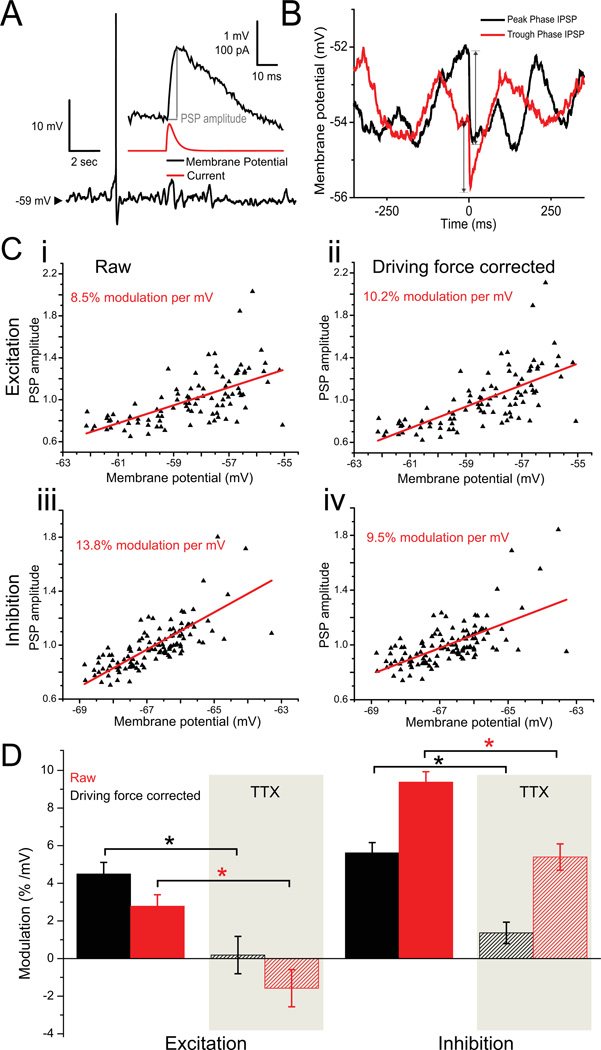Figure 3. Combined effects of driving force and impedance on PSP amplitude.
A Post-synaptic potentials (PSPs) induced via dynamic clamp in a stellate cell depolarized to the peri-threshold region. At this level of depolarization, membrane potential oscillations are pronounced. PSPs of amplitude 0.5–3 mV were induced randomly in time to quantify modulation of PSP amplitudes by fluctuations in membrane potential. B Single IPSP samples were measured from moment of initiation (time = 0) to their peak, as illustrated by the arrows. The IPSP occurring at the more depolarized membrane potential (peak phase of the oscillation) is greater in amplitude than the IPSP in the more hyperpolarized membrane potential (trough phase of the oscillation). C Examples of the relationship between PSP amplitude and membrane potential for excitatory (i,ii) and inhibitory (iii, iv) PSPs amplitudes excluding a driving force correction (i,iii) and including the driving force correction (ii, iv). As expected, excitatory PSPs are somewhat attenuated with depolarization by the decreasing driving force (compare i and ii), while inhibitory PSPs are further amplified by the increasing driving force (compare iii and iv). D Population averages (stellates near threshold, n = 29 in 24 cells for excitatory, n = 41 in 26 cells for inhibitory; stellates in TTX, n = 15 in 11 cells for excitatory, n = 15 in 10 cells for inhibitory) for the modulation of PSP amplitude by membrane potential for the four cases illustrated in A (solid bars) and when the same measurements were repeated in TTX (shaded bars). The modulation effect is maintained in both uncorrected and driving force corrected conditions.

